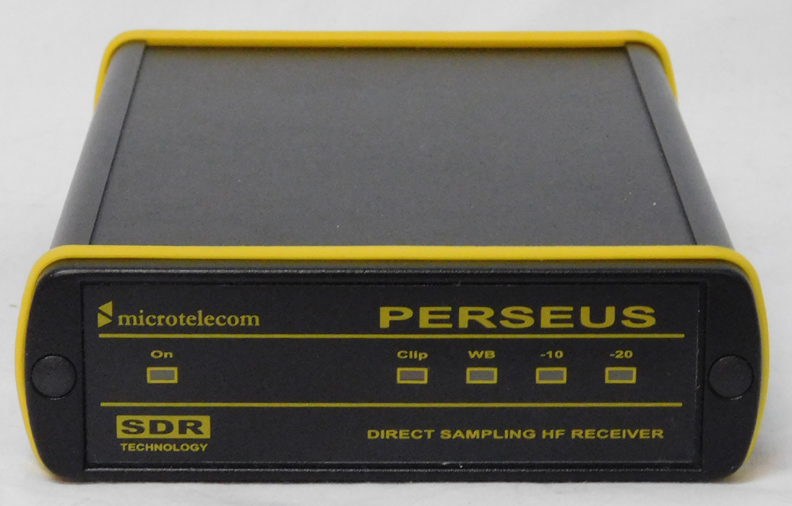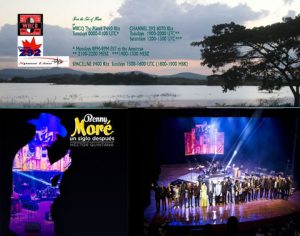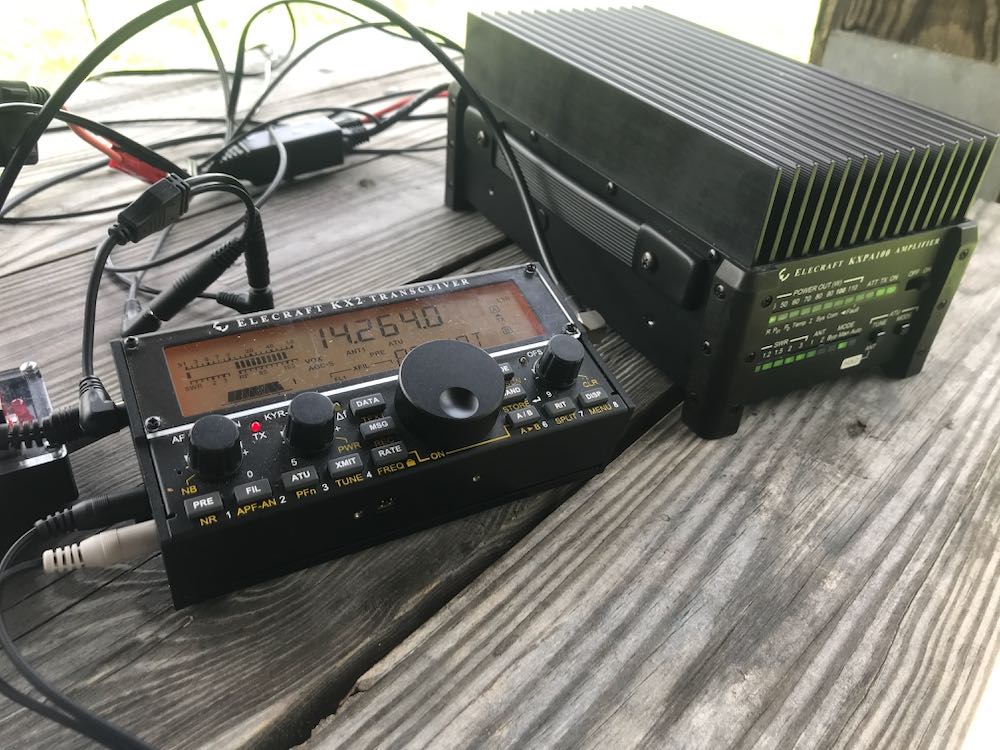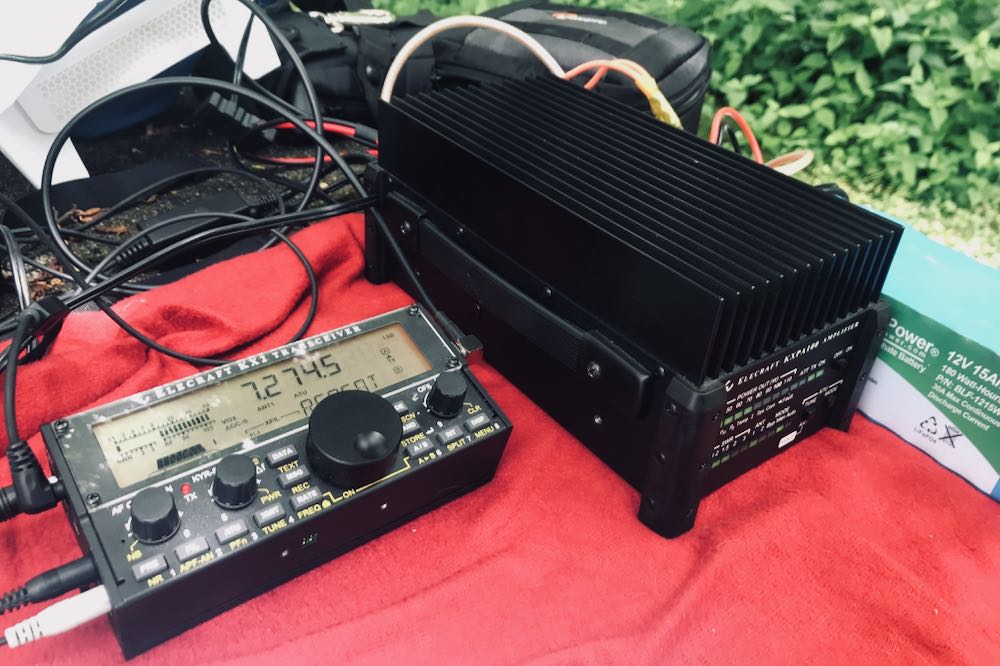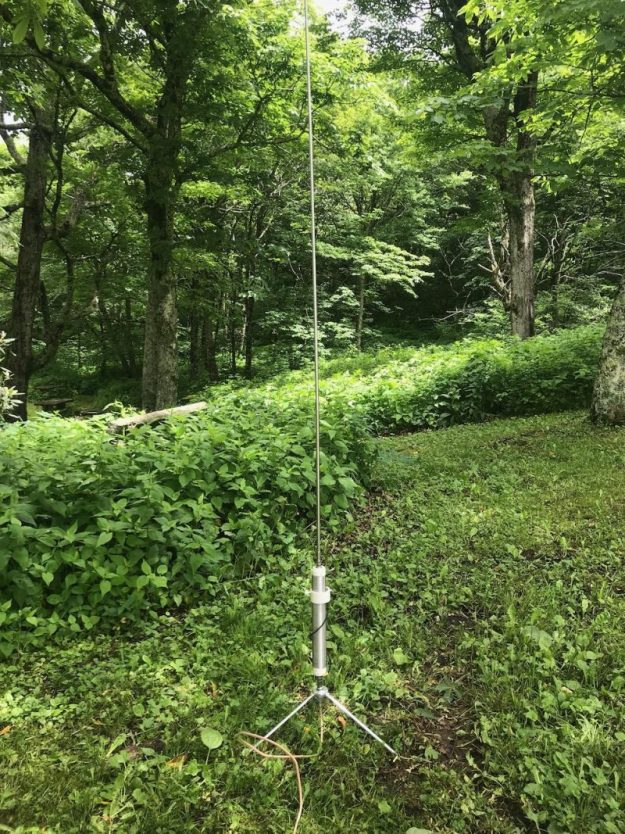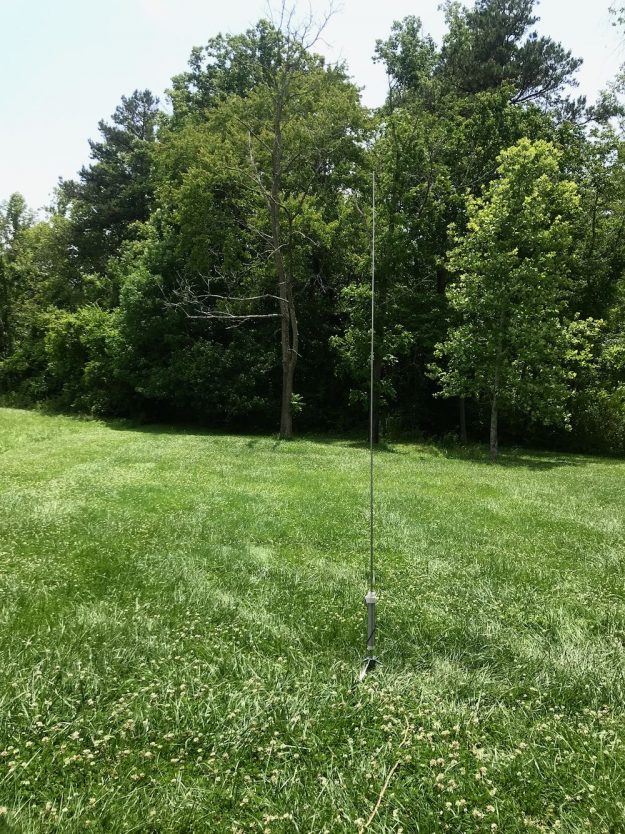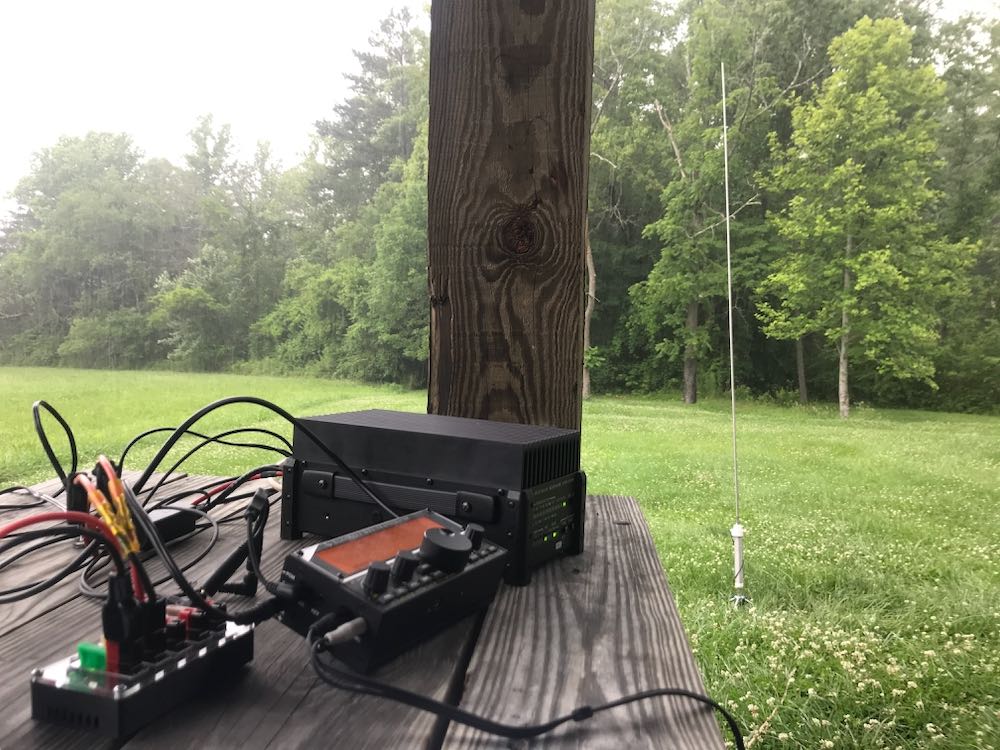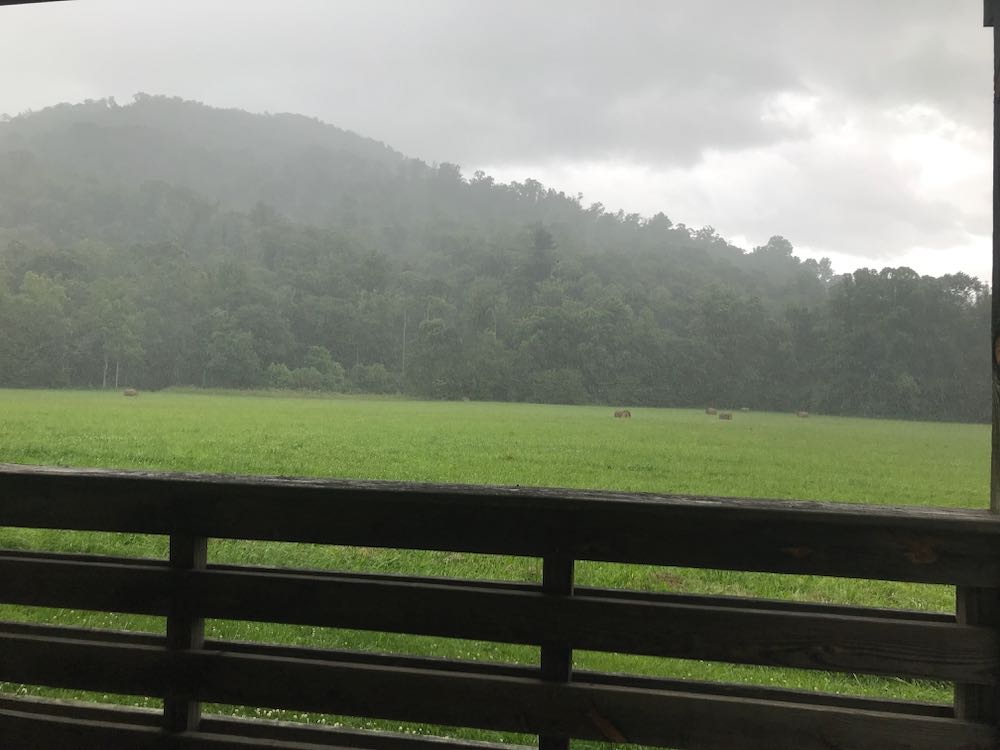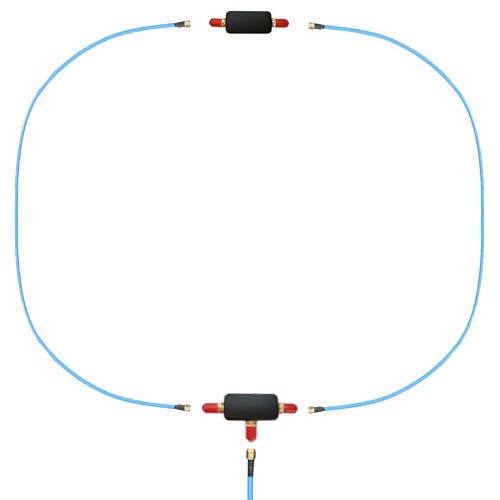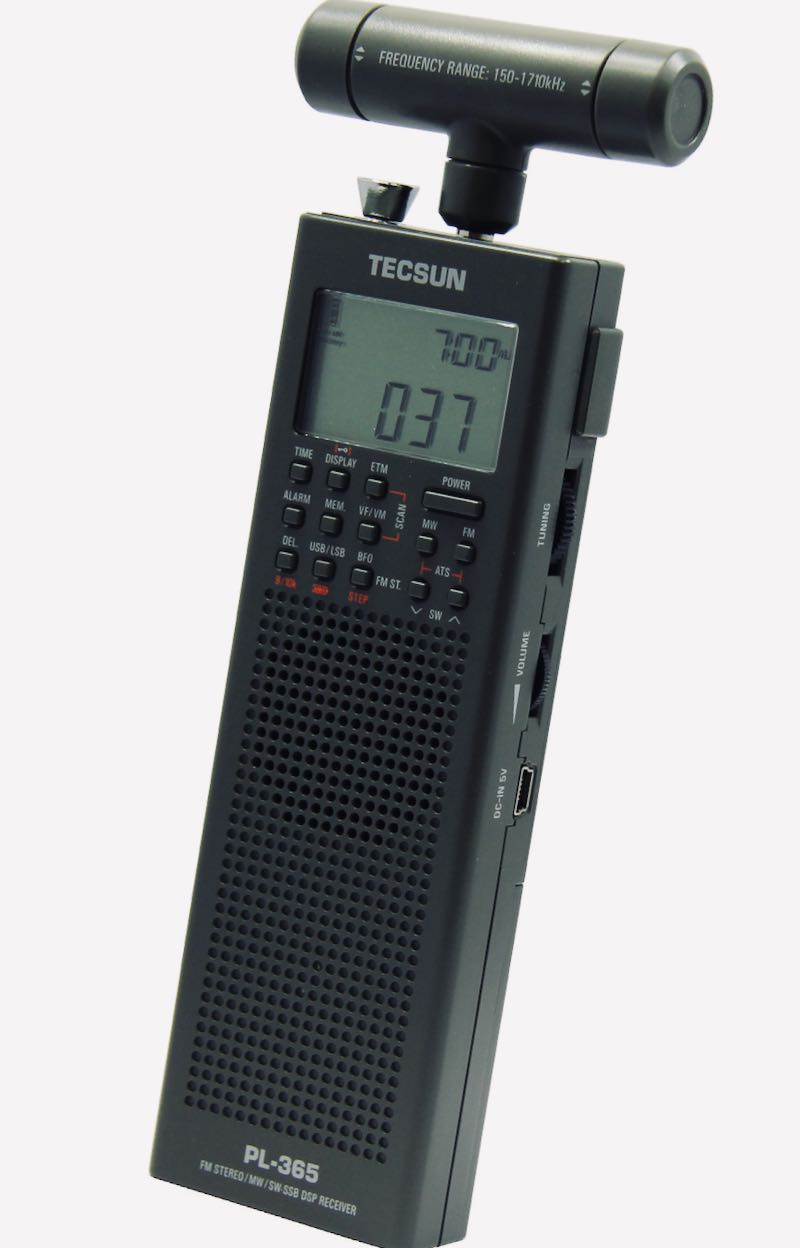Many thanks to Paul Jones with EladUSA who notes that they now sell the venerable Microtelecom Perseus via their online store. Paul also notes that each purchase comes with full factory support from Microtelecom. Price is $760 US.
Category Archives: News
FTIOM & UBMP, July 5-11
From the Isle of Music, July 5-11:
This week, guitarist and bandleader Héctor Quintana discusses his new album Benny Moré – un siglo después with us as we listen to some beautiful tracks from this live recording.
The broadcasts take place:
1. For Eastern Europe but audible well beyond the target area in most of the Eastern Hemisphere (including parts of East Asia and Oceania) with 100Kw, Sunday 1500-1600 UTC on SpaceLine, 9400 KHz, from Sofia, Bulgaria (1800-1900 MSK)
If you don’t have a shortwave radio or are out of range, you can listen live to an uplink from a listening radio in the Netherlands during the broadcast at
http://websdr.ewi.utwente.nl:8901/?tune=9400am
2. For the Americas and parts of Europe, Tuesday 0000-0100 on WBCQ, 7490 KHz from Monticello, ME, USA (Monday 8-9PM EDT in the US).
If you don’t have a shortwave or are out of range, you can listen to a live stream from the WBCQ website here (choose 7490): http://www.wbcq.com/?page_id=7
3 & 4. For Europe and sometimes beyond, Tuesday 1900-2000 UTC and Saturday 1200-1300 UTC on Channel 292, 6070 KHz from Rohrbach, Germany.
If you don’t have a shortwave radio or are out of range, you can listen live to uplinks from various websdrs in Europe.
Our Facebook page is https://www.facebook.com/fromtheisleofmusic/
Our V-Kontakte page is https://vk.com/fromtheisleofmusic
Our Patreon page is https://www.patreon.com/tilford
Uncle Bill’s Melting Pot, July 5 and 7:
Since we participated in a rousing patriotic radio special program on July 4, for July 5,
Episode 172 will be dedicated to weird concert music.
The transmissions take place:
1.Sundays 2200-2300 (6:00PM -7:00PM EDT) on WBCQ The Planet 7490 KHz from the US to the Americas and parts of Europe
If you don’t have a shortwave or are out of range, you can listen to a live stream from the WBCQ website here (choose 7490): http://www.wbcq.com/?page_id=7
2. Tuesdays 2000-2100 UTC on Channel 292, 6070 KHz from Rohrbach, Germany for Europe.
If you don’t have a shortwave radio or are out of range, you can listen live to an uplink from different web SDRs in Europe
including a live uplink from a listening radio in the Netherlands at http://websdr.ewi.utwente.nl:8901/?tune=6070am
Our Facebook page is https://www.facebook.com/UncleBillsMeltingPot/
Our V-Kontakte page is https://vk.com/fromtheisleofmusic
Our Patreon page is https://www.patreon.com/tilford
A Field Day weekend of rain, shine, battery power, pile-ups, and radio improvisation
If you’ve been reading the SWLing Post for long, you’ll know that I’m a big fan of portable radio gear. Whether it’s a portable receiver, an SDR, or a ham radio, I believe radios are made to be taken outside––rain or shine; hence I love programs like Parks On The Air (POTA ) and Summits On The Air (SOTA), and I’ve always loved ARRL Field Day.
Of course, this ARRL Field Day was a bit different than years past due to Covid-19––there were more individuals on the air with their own Field Day stations, while there were relatively few clubs on the air. Typically, the opposite is true.
This year I’d planned to operate from the field at various POTA locations in western NC; some contenders were the Blue Ridge Parkway, Pisgah National Forest, and Mount Mitchell State Park. In the past few years, my buddy Vlado (N3CZ) and I––with spouses in tow––hit the field together, but this year he was out of town, and I planned to go solo.
I plotted a few hours of Field Day time at Craggy Gardens on the Blue Ridge Parkway. The night before, I had my antennas and the Elecraft KX2, KXPA100, Heil Pro Headset, and 15 aH LiFePo battery (all packed in my go-packs, of course), in the car and ready to go.
Saturday morning. I woke expecting fairly nice weather: partly cloudy with a chance of showers. Turned out, it was chilly, gusty, with total cloud cover and fairly constant rain. I’ll admit, it dampened my enthusiasm for Craggy, because while it’s a gorgeous site, it’s well above 5000′ ASL, thus the winds up there can be seriously gusty and the weather can turn on a dime.
So, I decided to put up my feet in the shack and operate class 1E, meaning on emergency/battery power.
I started calling CQ at the start of Field Day and, to my surprise, worked a constant pile-up for nearly an hour. Within that fairly short space of time I found I’d already collected about 90 or more stations on 40 meters.
After that, I hunted and pounced for maybe an hour, then took a break; later that night, I operated intensively again for 30 minutes or so. Had I been at a Field Day site, I would have been a much more dedicated operator, but frankly, I’m not even sure I plan to send in my logs. Still, it was fun.
Sunday morning. The weather was much more pleasant from the get-go, with sun and wind, though thunder showers were in the forecast. Around 11:00 or so, my wife suggested we pack up and head to Craggy Gardens for a little radio fun followed by some lunch and hiking.
We reached the site–it was beautiful, but ominous. Thick fog and Saharan dust (no kidding) covered the site and surrounding mountains. Still, I set up the station and my new Wolf River Coils TIA portable vertical.
I think I logged two stations before the misty clouds rolled up all around me; then (remember that change-on-a-dime weather?) a sudden––and torrential––downpour came from nowhere. My wife snagged all she could carry and ran for the car, and I quickly covered my gear with my raincoat and packed everything in my packs as soon as possible. I had to make two trips to the car to pack everything, and needless to say, with my raincoat in the service of my equipment, I was drenched to the skin. I literally looked like I had jumped into a lake with my clothes on. Fortunately my gear––at least, the important gear––was only a bit damp, but internally fine. Herein lies one of the great things about being a pack geek: quality packs tend to be water-resistant, if not fully waterproof.
But. If I’m being completely honest, I’ll admit I was a bit miffed that I got so little radio time before the heavens opened. We knew there would be a risk of bad weather and, frankly, other than the hassle of packing and unpacking, we actually acknowledge the entertainment value of a little WX from time to time. After all, this is the hazard of operating under a wide open sky.
My wife, sensing my disappointment, suggested we go to another site to play a little radio, but at that point I just wasn’t feeling it. What I felt instead was the damp…wringing wet-level damp…and my spirits were dampened. too. I suggested we make our way back.
En route, I saw a sign for the Zebulon B. Vance Birthplace––a historic site that I knew was a POTA entity. I’d completely forgotten about this site, and decided to make a detour so I could scope out the site for a future activation. By now I’d warmed up a bit, and a bit of lunch helped revive my flagging spirits.
Turns out the site’s visitor’s center is closed on Sunday, but the gates are open so the public can enjoy the grounds. We drove up to their covered picnic area, although the cover was now peace of mind only, as the sun was again making an appearance. The setting was…well, ideal. And here I was. How could I not go ahead and activate this POTA site?
Zebulon B. Vance Birthplace (K-6856)
It was windy but warm, and while my wife spread out the packs, lunch cooler, and jackets to dry, I, too, found I was no longer dripping. By the time I set up the Wolf River Coils TIA vertical and my KX2/KXPA100, the togs were fairly dry, and indeed I was quite comfortable again. I hopped back on the air and worked a number of stations in short order, easily logging the ten needed to confirm the park activation.
Later, I discovered that the site was an “All-Time New One” (ATNO) in the POTA system. A bittersweet discovery, in a way, because Field Day is not the best time for POTA hunters to log a new site. Still, I wasn’t even calling CQ with POTA in mind; I just worked Field Day stations and had a great time.
Just as I finished, there was yet another downpour, but as the picnic area where I’d set up was covered, I no longer feared my gear getting soaked. This time, it was a sudden loud clap of thunder that gave me my cue to pack up quickly!
Still, all in all, I was very pleased with my weekend Field Day chase, and it was worth dodging rain storms for it. Sure, I would have loved to play radio at Craggy Gardens for a couple hours, but it was a pleasant surprise to fit in an ATNO activation before the end of the day. I’d have never guessed the Vance site was an ATNO, since it’s so accommodating and accessible. Indeed, I’ve discovered that, at this stage in POTA, most of the sites that haven’t been activated are either newly-incorporated into POTA or are very inaccessible. If you missed me there on Field Day, no worries: I plan to head out there again in the very near future.
Oh, and I did learn one more thing over the weekend: the Wolf River Coils TIA vertical antenna is incredibly easy and speedy to deploy. I’m very pleased with this recent acquisition!
Parkway and parks? I’ll be back soon. My radio’s already packed.
Did you participate in Field Day or put your receivers to the test by trying to log exchanges between stations? Please comment!
Do you enjoy the SWLing Post?
Please consider supporting us via Patreon or our Coffee Fund!
Your support makes articles like this one possible. Thank you!
Rob reviews the AirSpy YouLoop antenna
Many thanks to SWLing Post contributor, Rob, who writes:
Thank you for your informative blog. As a longtime SWLer I enjoy reading up on your posts.
A few months ago I was considering the purchase of a magnetic loop antenna. Based on your “YouLoop is a freaking brilliant passive loop antenna” article, and the fact that I live in a fairly noisy RF environment, I made the purchase.
Since doing so I’ve been having plenty of fun with the YouLoop hanging in my loft. I have it connected to an Airspy HF+ Discovery.
I’ve made a couple of videos which I popped up on YouTube which show the YouLoop in action.
The first video shows a mix of utility and broadcast reception on HF.
The most recent explores LF & VLF.
Perhaps these would be of interest to readers, like me, who had seen your initial reviews and had been considering purchasing.
Thank you for turning me onto this little antenna, and keep up the great work in your blog!
Kind regards,
Rob (Frugal Radio)
Excellent videos, Rob, thank you for sharing! The YouLoop is an incredibly effective antenna when combined with a receiver that has a high dynamic range.
Readers, if you’d like to check out more of Rob’s videos and and subscribe to his YouTube channel, click here!
If you’d like to purchase an AirSpy YouLoop for a whopping $35, click here to view a list of distributors.
Tecsun PL-365 now in stock at Anon-Co
Many thanks to SWLing Post contributor, Gareth Buxton, who writes:
I “watch” the Anon-Co new additions page for changes and this morning I received an update that the PL-365 has been added. I think they only used to stock the non-usb Pl-360 version.
Click here to view the PL-365 page at Anon-Co.
Thanks for the tip, Gareth! The PL-365 is a very sensitive portable receiver and one of the least expensive with a proper SSB mode. I’m happy Anon-Co has added them to their inventory.
Special 4th of July Simulcast on WBCQ

Special Simulcast: WBCQ’s 4th of July in the Park
Date/Time: Saturday, July 4, 8pm-9pm EDT (0000-0100 UTC July 5)
Frequencies: 6160 and 7490 kHz
4th of July concerts at the bandshell (usually a concert band or orchestra sometimes followed later by a rock or country band) are a long tradition throughout the United States. Take your radio or laptop outside and join Uncle Bill of Uncle Bill’s Melting Pot, SirJack Scratchy of beHAVior Night with SirJack Scratchy, Jason Hill of Rock Wave and Marion Webster and Christina of Marion’s Attic as we honor that tradition with an hour of uplifting music from marches to concert band music to rock in WBCQ’s 4th of July in the Park.
Thanks to Allan and Angela Wiener of WBCQ for supporting these special simulcasts.
Radio Waves: Tallest Structure in Italy, Suggestion to Save AM, Online Radio Exams in Australia, and a Letter From Friends of ABC
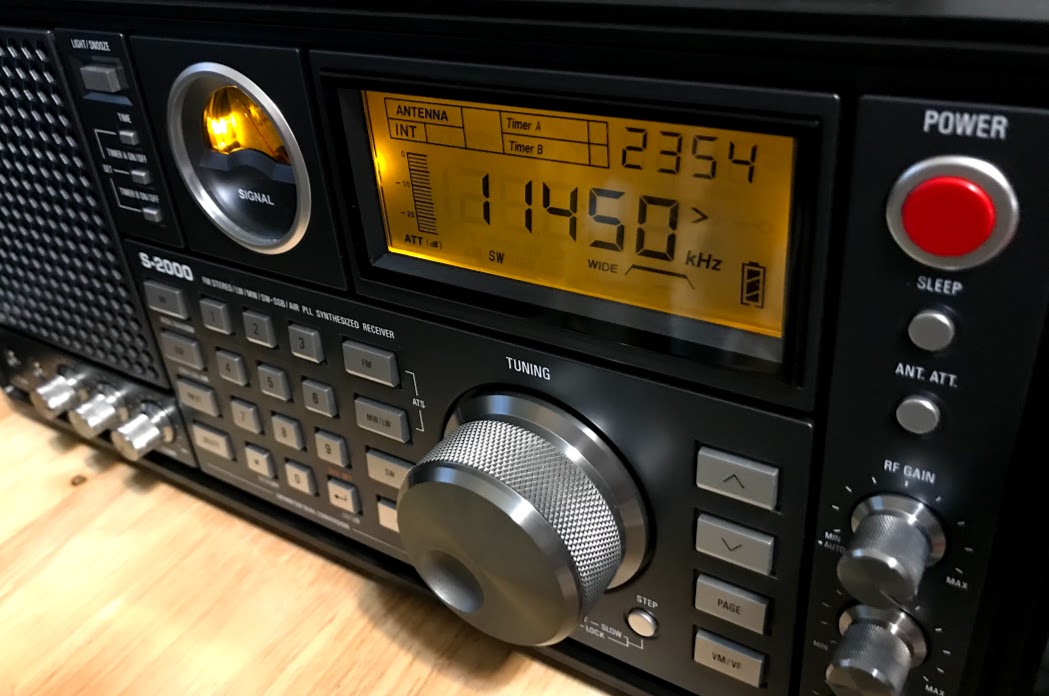 Radio Waves: Stories Making Waves in the World of Radio
Radio Waves: Stories Making Waves in the World of Radio
Because I keep my ear to the waves, as well as receive many tips from others who do the same, I find myself privy to radio-related stories that might interest SWLing Post readers. To that end: Welcome to the SWLing Post’s Radio Waves, a collection of links to interesting stories making waves in the world of radio. Enjoy!
Many thanks to SWLing Post contributors Paul Evans, Mike Terry, and Michael Bird for the following tips:
The tallest structure in Italy is a remote radio transmitter in Sicily. (Atlas Obscura)
WHEN TALKING ABOUT THE TALLEST structures in the world, one often thinks of skyscrapers above modern cities, but radio transmitters in remote locations also reach dizzying heights.
Italy is famous for its many architectural marvels built over the millennia, but its tallest building (a sleek, modern structure in Milan) is only 758 feet tall. The title of the tallest overall structure goes to a radio transmitter on the Sant’Anna hill near the town of Caltanissetta, in Sicily. (In between the two are a number of transmitters and power plant chimneys.) This antenna has a height of 938 feet, and was built by the national public broadcasting company, RAI, between 1949 and 1951. At the time it was also the tallest structure in all of Europe, until 1965 when a transmitting station in the United Kingdom was inaugurated.[…]
Here’s a suggestion for how to save AM radio (Los Angeles Daily News)
Last week, I wrote a little about streaming audio and how, with the use of smart speakers, smartphones, and plain old computer streaming, the possibility of internet radio essentially replacing traditional broadcast radio.
This week I want to travel to both the past and one of broadcast radio’s possible futures, spurred on by the ideas presented last week, my absolutely illogical love of AM radio, and a letter to the editor that I read online at radioworld.com.
AM radio broadcasting is almost a century old in the United States – numerous stations in Los Angeles, including KHJ (930 AM), KFI (640 AM) and KNX (1070 AM) will celebrate 100 years of broadcasting in two years. That’s an impressive feat, especially considering the technology is essentially the same as it was in 1922.
As I mentioned last week, digital HD Radio, considered for a time as the savior of both AM — due to higher fidelity — and FM — due to potential higher fidelity and extra stations — just hasn’t made the impact many had hoped. For various reasons, many AM stations have turned off the HD signal, even while FMs continue to use it, and consumers don’t seem all that interested in either. But as I said last week, with smart speakers, what’s the point? And a related question comes up: is broadcast AM radio just a dead technology?
Christopher Boone thinks he has the answers. No, AM is not dead. But if you really want to improve it, bring back a technology that already “failed” … AM stereo.[…]
Online remote exam sessions in Australia (Southgate ARC)
VEA (Volunteer Examiners Australia) is pleased to advise we are currently able to perform online remote exam sessions for both AMC and ARRL VE Examinations.
VEA has AMC Level 3 examiners that can conduct remote online examinations.
Also, the ARRL VEC has entrusted us by extension the FCC, to be examiners for FCC-issued license via remote online examinations, a volunteer examiner, must ensure the exam conducted fairly and that there is the same level of integrity as there would be for an in-person examination.
Candidates need to be aware there are conditions and eligibility in registering to do an ARRL online remote examination, e.g. living in a remote location, or the candidate is physically impaired to attend an exam session.
VEA does run bi-monthly AMC and ARRL VE exam sessions during the year,
so if you are interested, visit our website www.vea.org.au complete the online registration form.VEA currently have AMC and ARRL VE examiners in Queensland, New South Wales, Victoria, South Australia, and Western Australia.
VEA looks forward in supporting the ham radio community in providing this valuable service to both AMC and ARRL VEC.
73 from Peter VK3FN
An open letter to the Prime Minister from ABC Friends and supporters (ABC Friends)
Posted in Latest news from ABC Friends on 28 June 2020
ABC Friends have written an open letter to the Prime Minister in the wake of the recent staff and funding cuts.
Dear Mr Morrison,
I write on behalf of many angry Australians who want to know why your government continues to undermine Australian public broadcasting with ongoing funding cutbacks at the same time as the commercial media sector is favoured.
Your recent statement that “there have been no cuts to the ABC” sadly reminds us of Tony Abbott’s similar bold election promise in 2013, yet this was followed by major cutbacks in his first Budget as Prime Minister. Clearly in our current media environment there are facts and ‘alternative’ facts, it all depends on the presenter and the audience.
Many of us are more inclined to rely on information from your ABC Board Chair, Ita Buttrose, who said in her 2019 Forward to the Annual Report – “our task has been made harder by the imposition of the three year indexation freeze which comes on top of a $50 million a year cut now embedded in our base.”
We see the recently announced Five Year Plan as a brave attempt by the Managing Director, David Anderson, to live within your governments funding allocation, but obviously further staff cuts and downgrading of ABC services and programs is an inevitable outcome of reduced funding.
We all appreciate that governments rely on a degree of political spin to make their decisions seem more palatable, but do you seriously expect the community to believe that an ABC Managing Director would deliberately retrench so many staff and downgrade services and programmes if the ABC Budget was adequate?
We expected more of your leadership because you have a responsibility to act on our behalf, as ABC shareholders to enable the ABC to fulfil parliamentary approved obligations under its Charter. The Federal Government acts as caretaker of all our national institutions and in this regard the ABC ranks highly with the Parliament and the High Court in protecting the interests of all Australians.
Chair of the ABC Board, Ita Buttrose has consistently tried to work with you and your Communications Minister, Paul Fletcher, to get a realistic re-assessment of the ABC Budget to meet the demands of a changing media environment and national emergencies. Yet these genuine efforts by both Board and Management have been repeatedly ignored. Furthermore, there has been a quite calculated misrepresentation of budgetary analysis since 2014 assuming that official promotion of fake news will provide an effective distraction from the reality of past and current government decision making, which has resulted in an ongoing 10% budget reduction.
Over the past six years the ABC has been the target of funding cuts, various enquiries, political attack and even a police raid. You can not be surprised that Australians are outraged about the latest announcement this week which will culminate in further job losses, valued services and Australian content. You regularly advocate protection of jobs and your COVID-19 employment protection initiatives are admirable. Yet successive Coalition administrations have caused the loss of 1250 ABC professional staff.
Can you explain to us why you are so determined to downgrade the ABC, which is a valued national treasure supported by over 80% of Australians? We understand that you are regularly lobbied by the Murdoch American News Empire and other commercial media interests, which are ideologically opposed to public broadcasting. Furthermore, we know that some members of your cabinet are members of the Institute of Public Affairs, which advocates privatisation of the ABC. However, ABC Friends would respectfully remind you that, as Prime Minister, your first loyalty is to the Australian people and our public institutions.
As a national organisation we have been overwhelmed by expressions of public concern about the way the ABC is being treated. So many comments express ongoing frustration that many of our elected representatives seem incapable of recognising the ABC as an essential public service on which Australians depend. We have received hundreds of letters and comments which we will be collating for public release, but here is just one example to offer you some insight into how Australians feel about the continued assault on the ABC.
“I am shocked, then saddened, then disgusted, then outraged by the governments attack on the ABC. The Federal Government should be creating jobs instead of destroying high quality ‘clever country’ jobs. Prime Minister Morrison led a government that was unique in bringing together differing interests across Australia to benefit the nation and lead us out of disaster. But now? The attack on the ABC is a fundamental attack by the Morrison Government on its claim to govern in the national interest.”
We urge you to reconsider your government’s responsibilities to the ABC by conducting immediate meaningful negotiations with the Ms Buttrose and Mr Anderson to plan a way forward to restore ABC funding. This discussion should include a commitment in the October Budget to recognise ABC staff and services as essential in post COVID-19 planning .
We look forward to a fresh approach to public broadcasting policy and can assure you such commitment will be very much welcomed by the Australian public.
Yours sincerely,
Margaret Reynolds
National President
ABC FriendsP.O.Box 3620
Manuka ACT 2603[…]
Do you enjoy the SWLing Post?
Please consider supporting us via Patreon or our Coffee Fund!
Your support makes articles like this one possible. Thank you!

